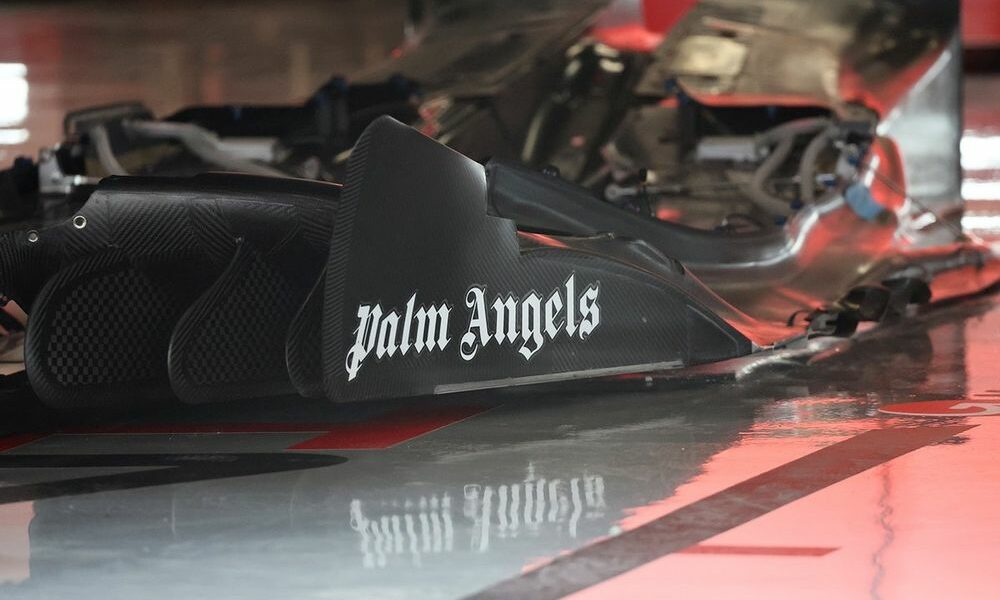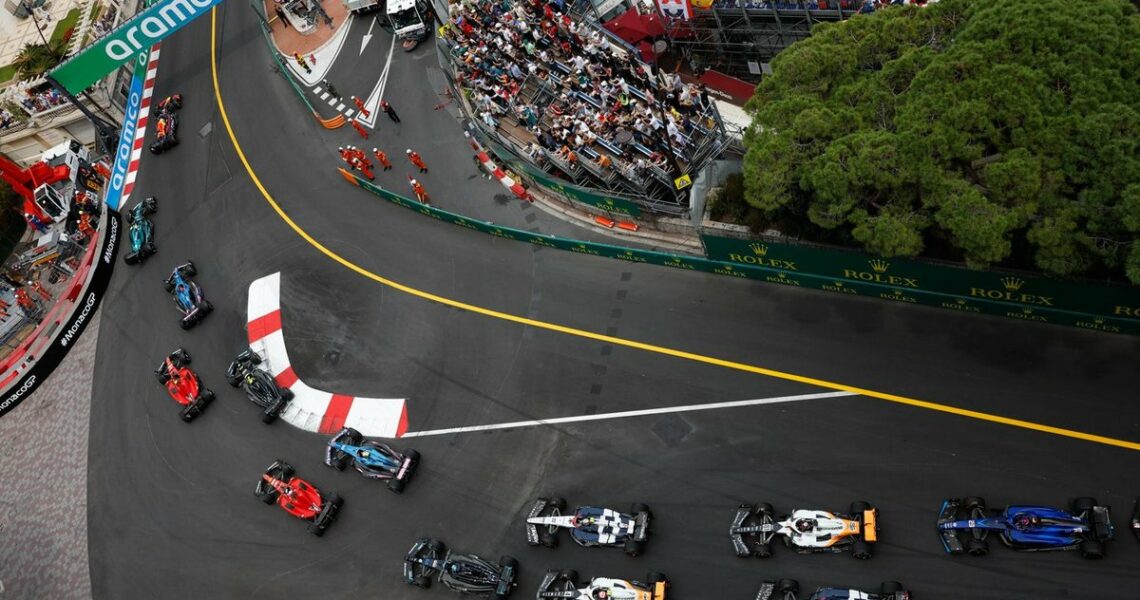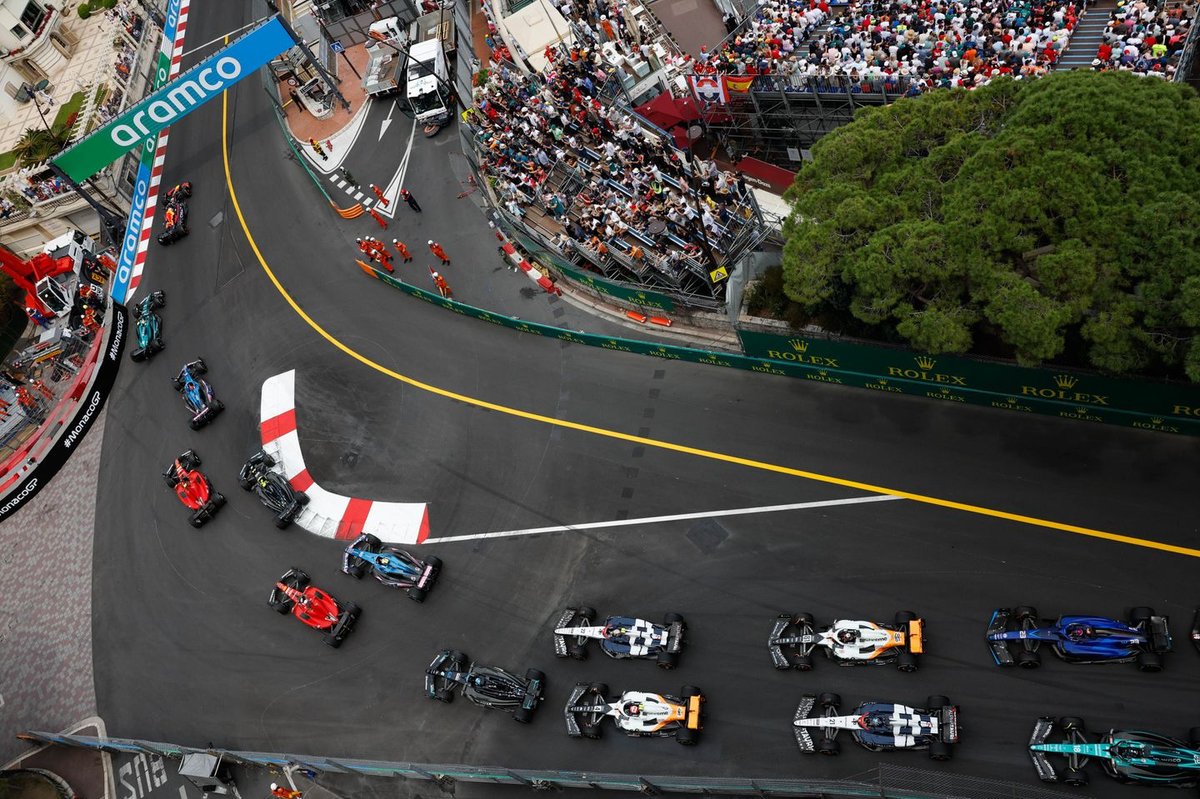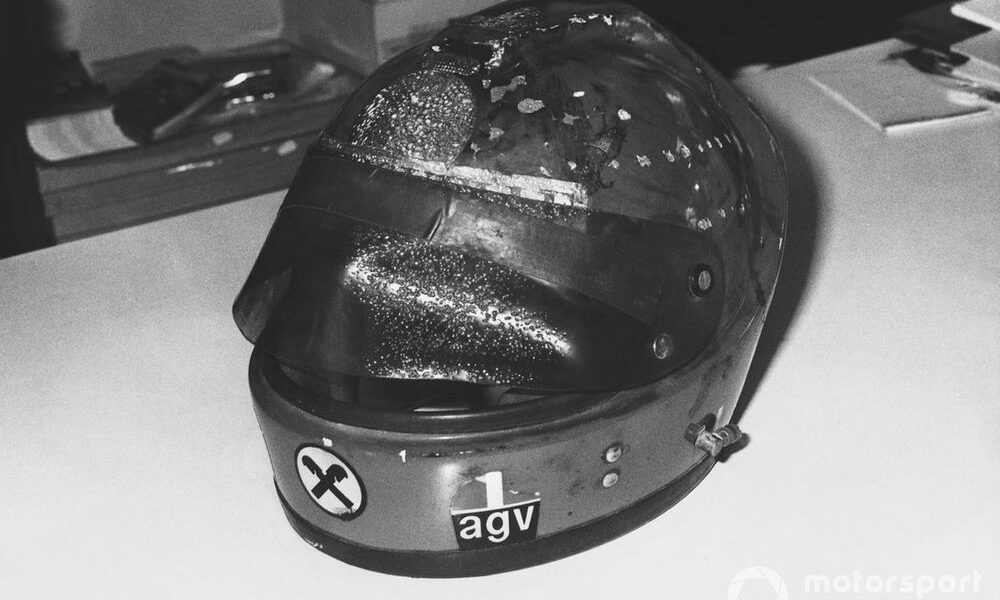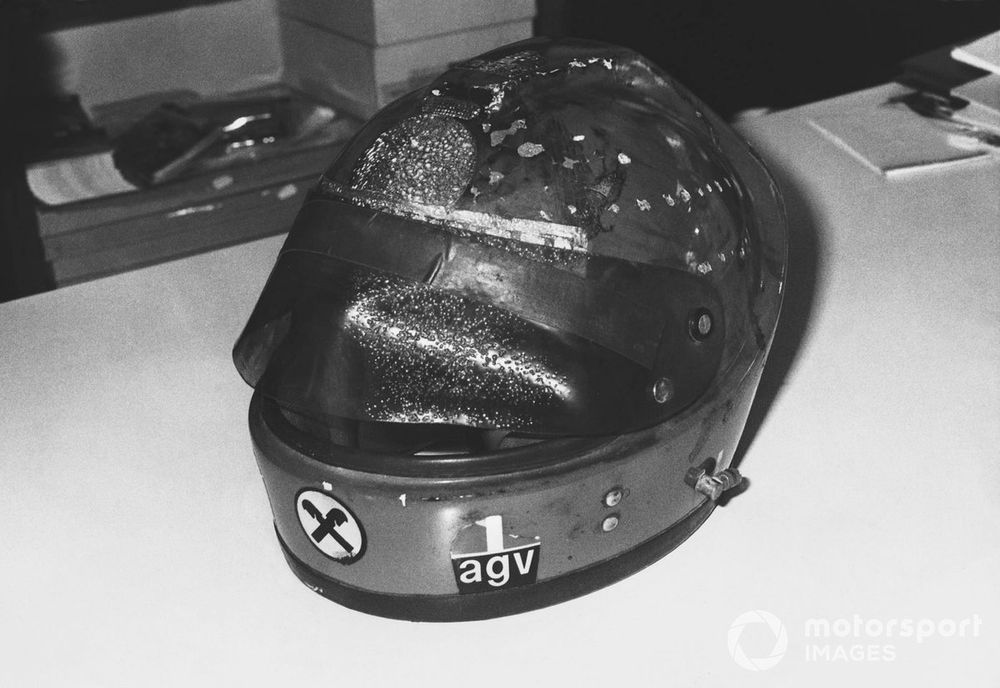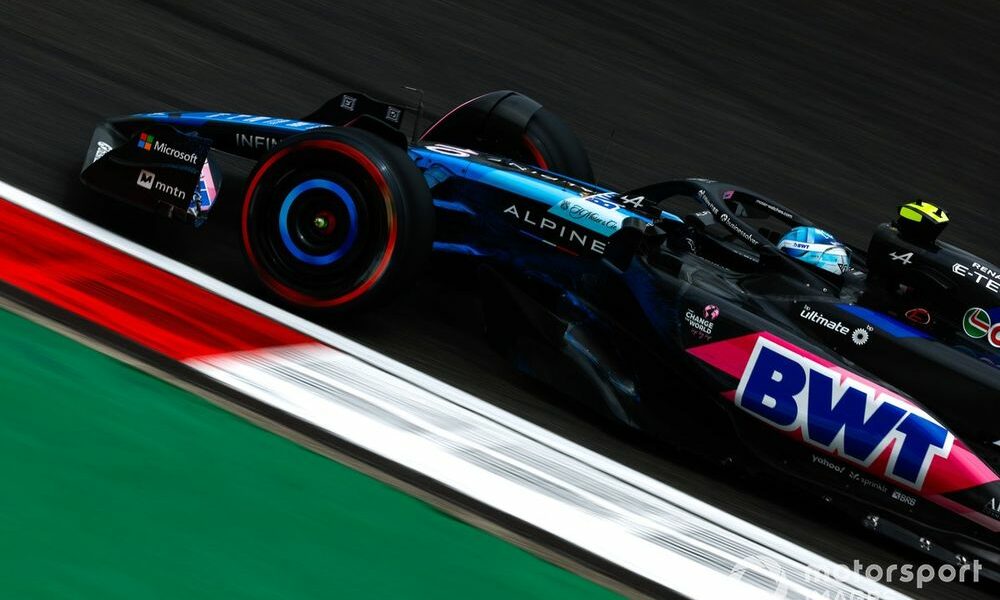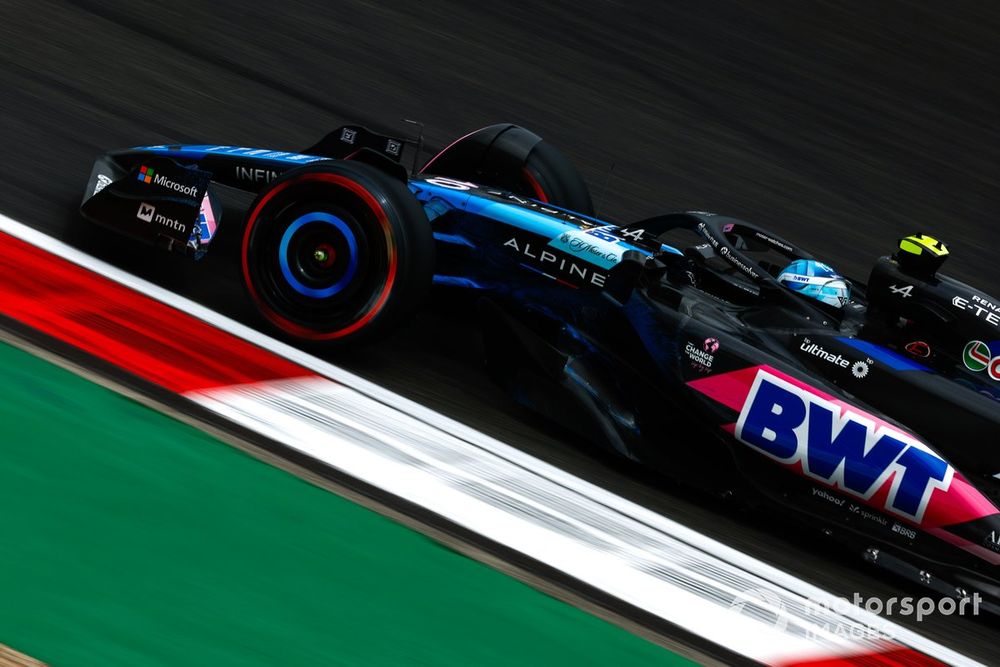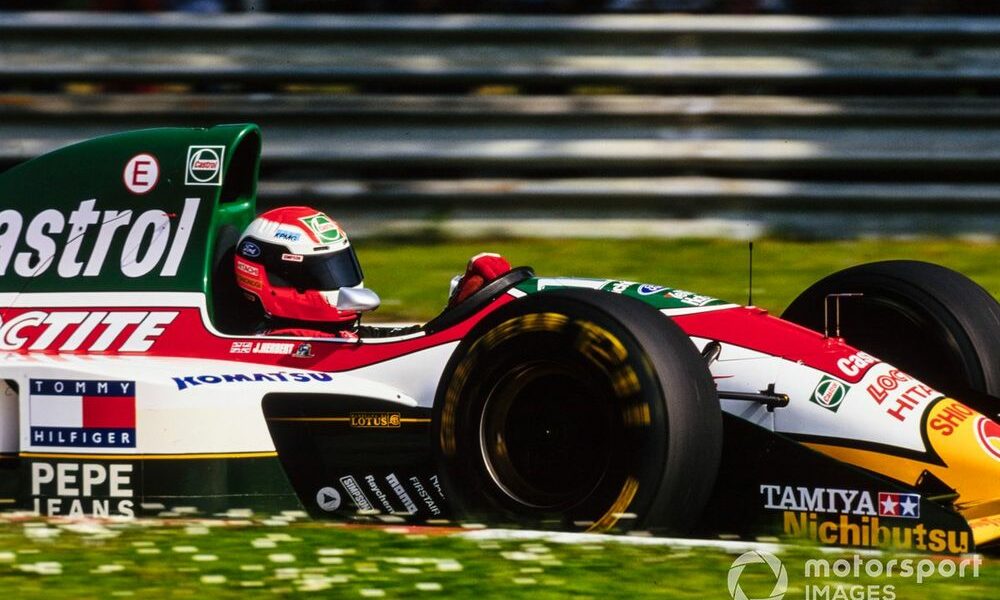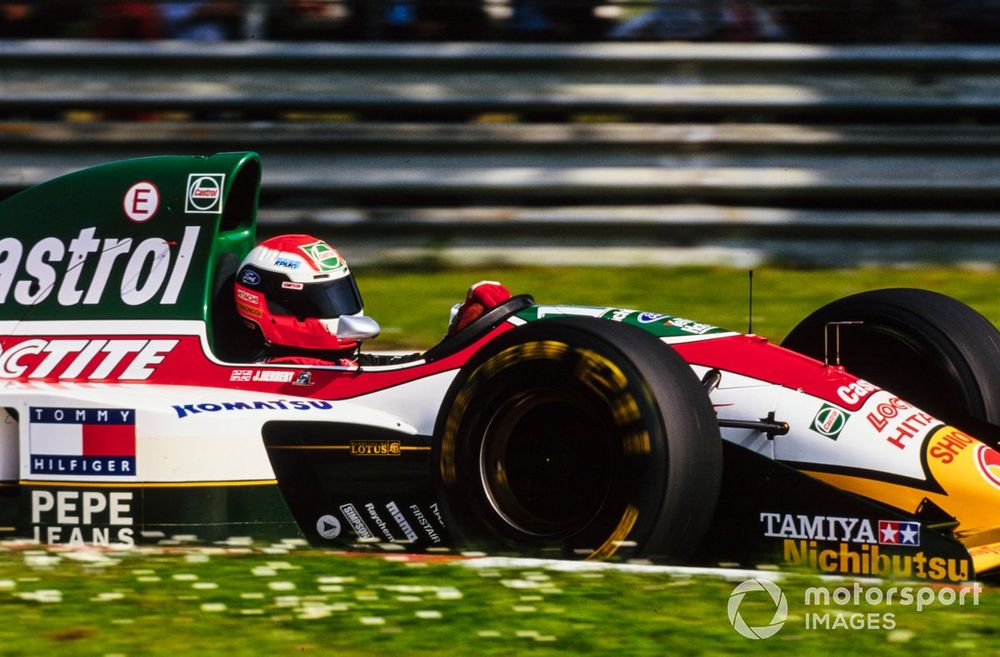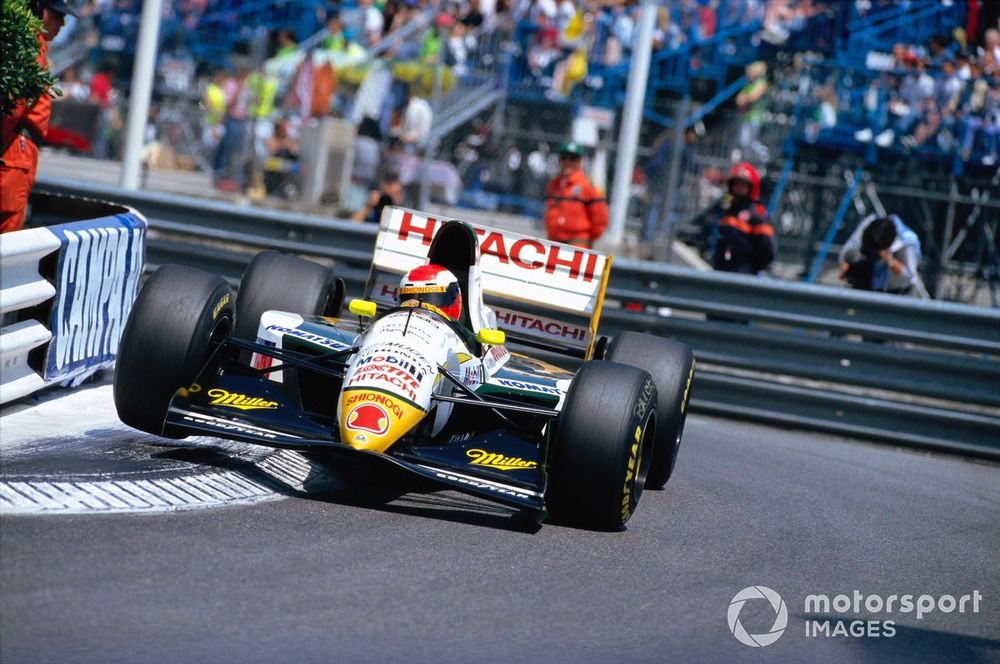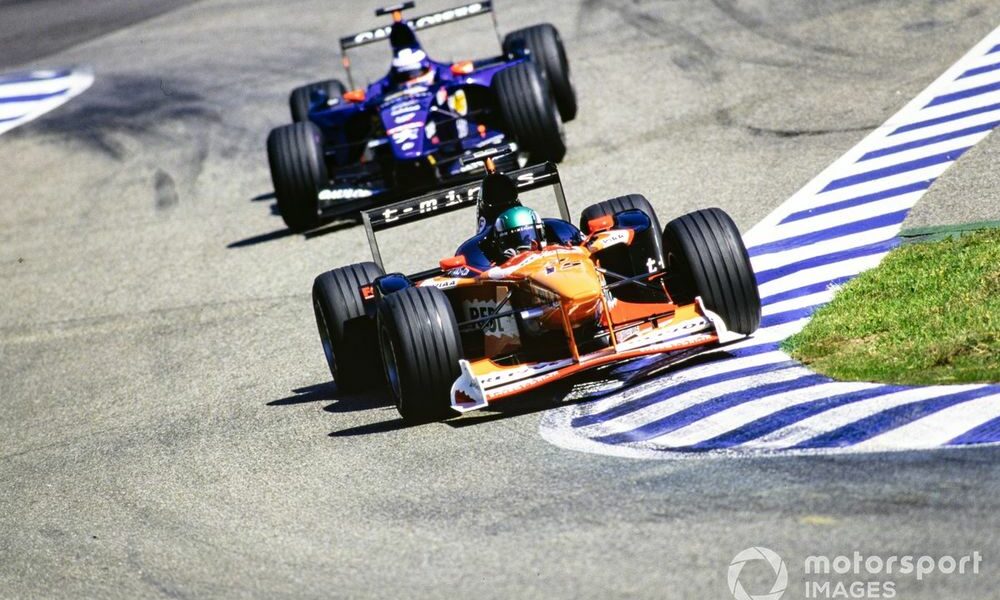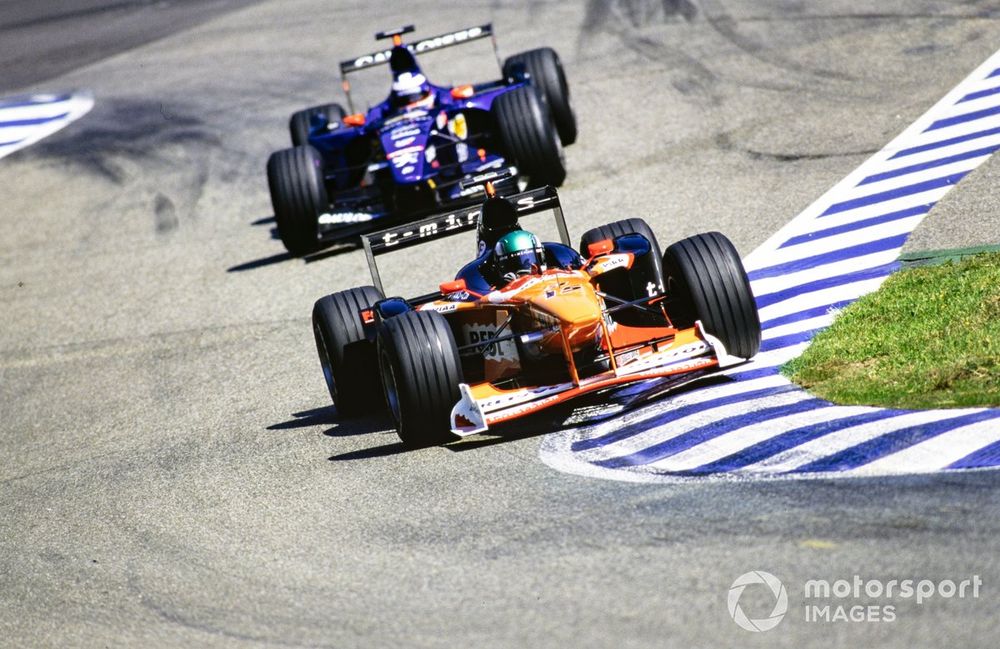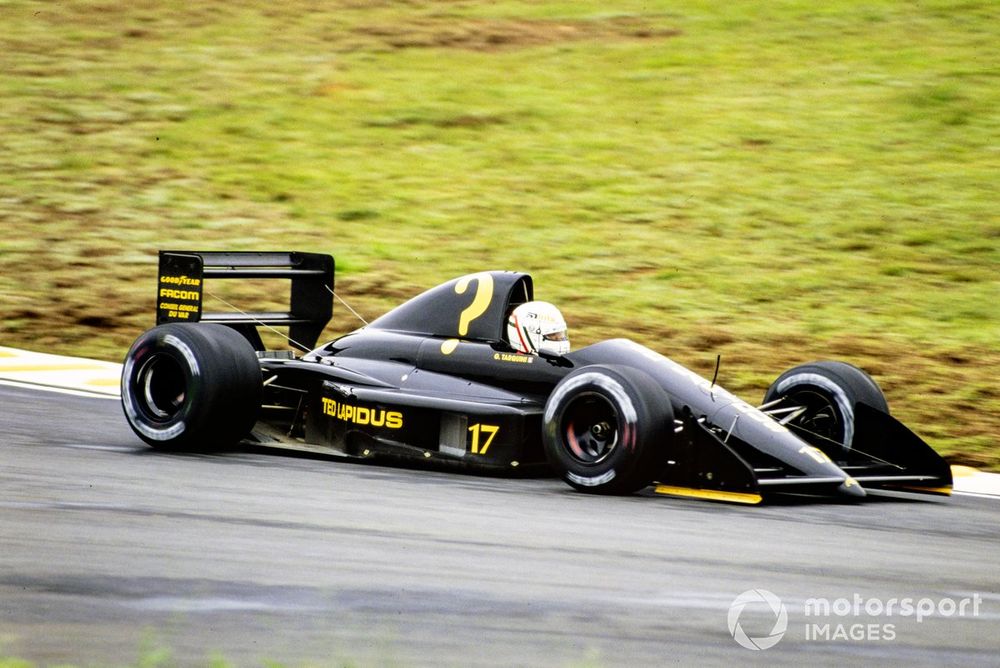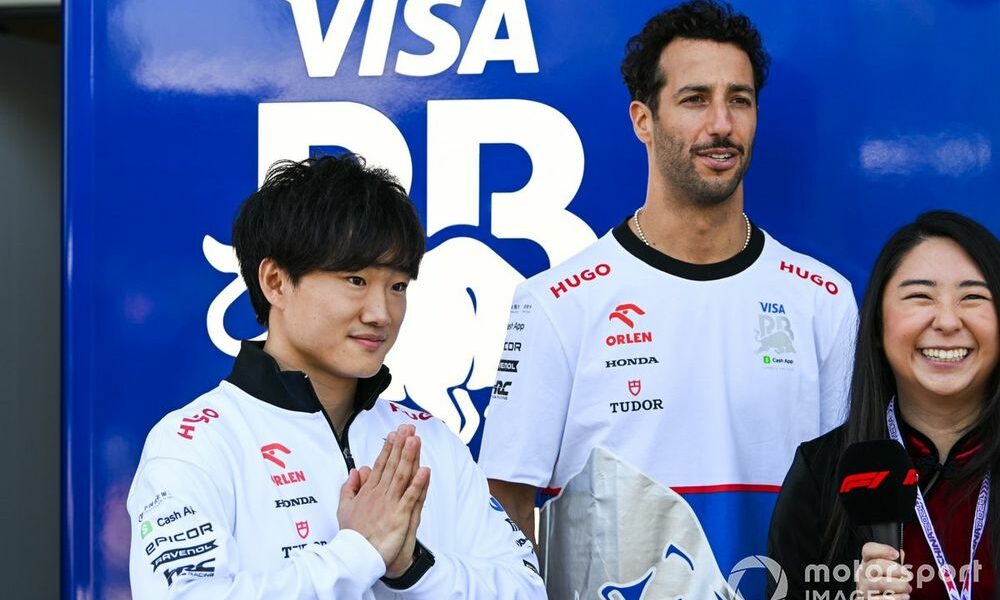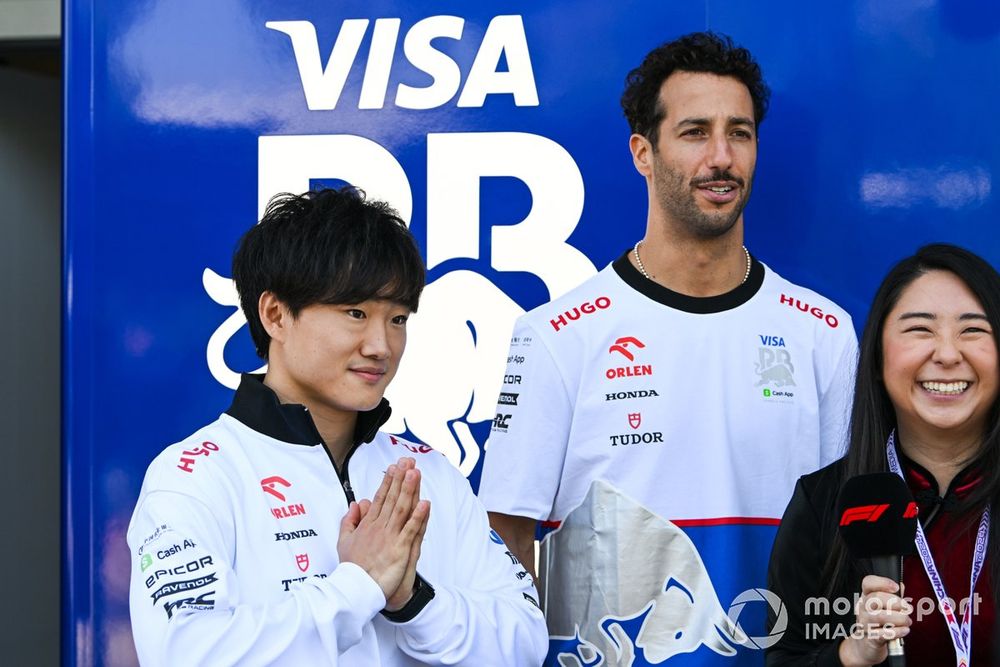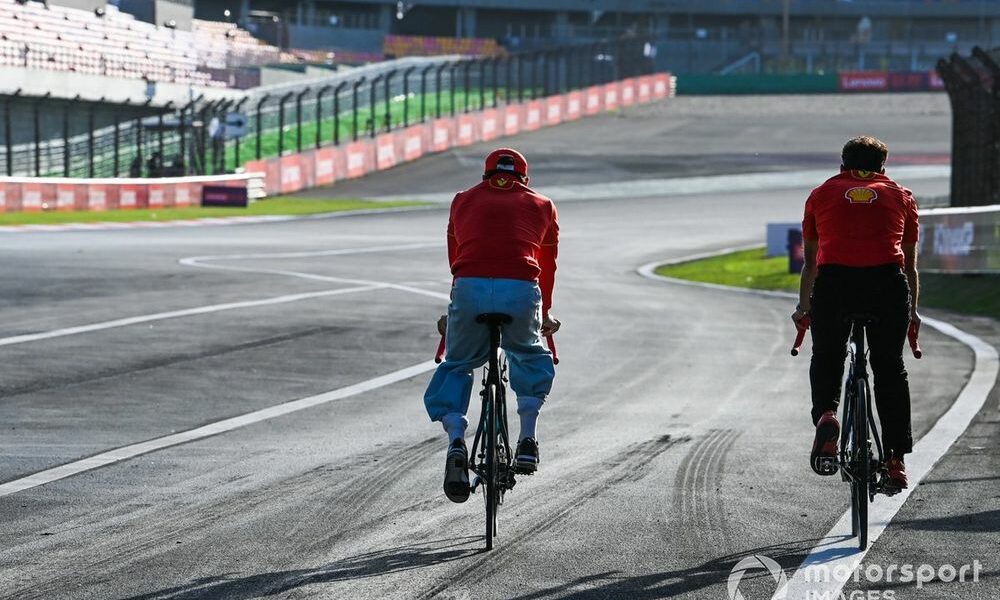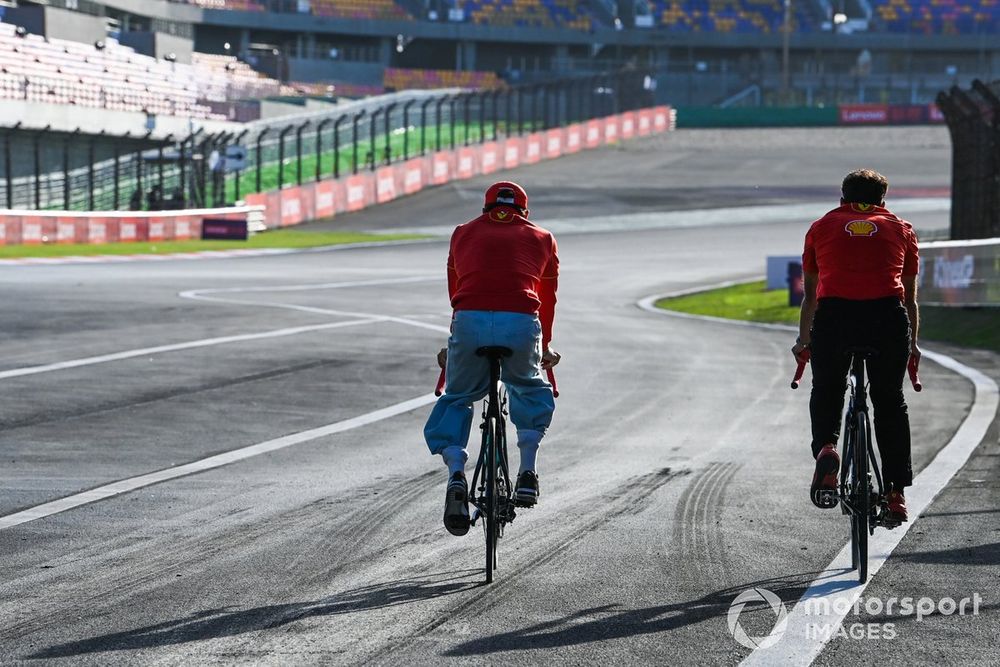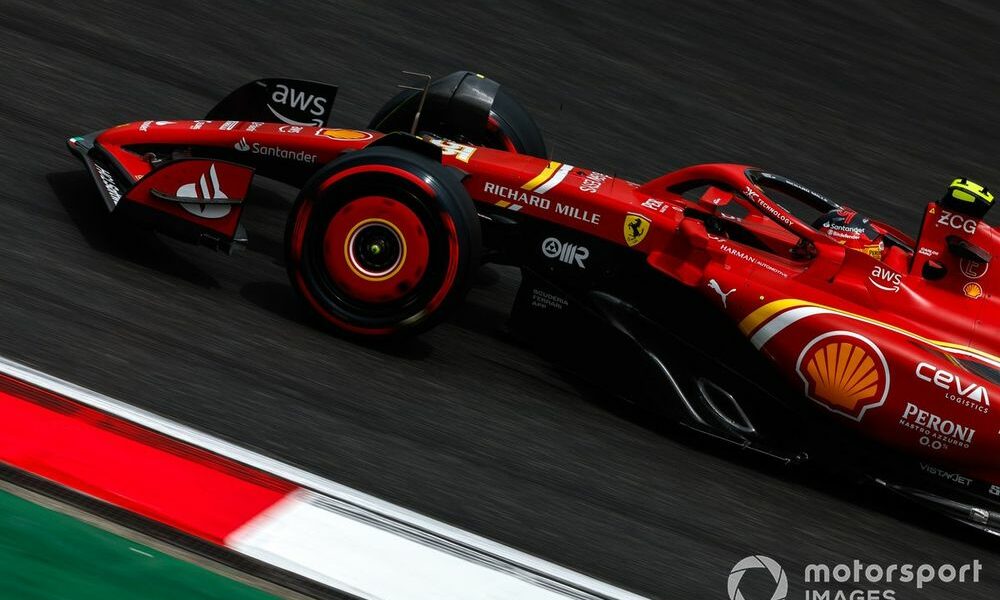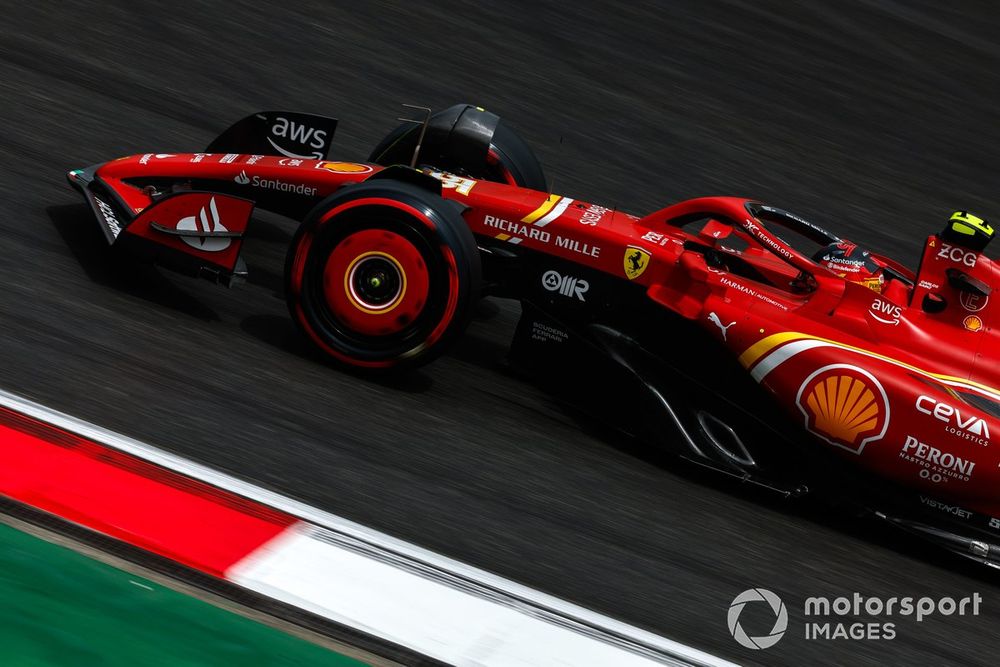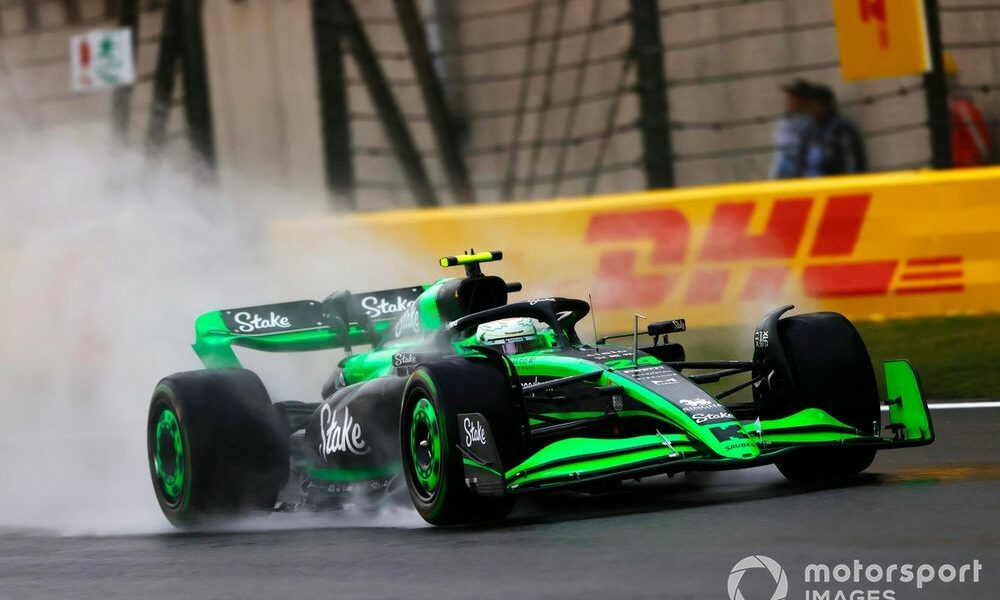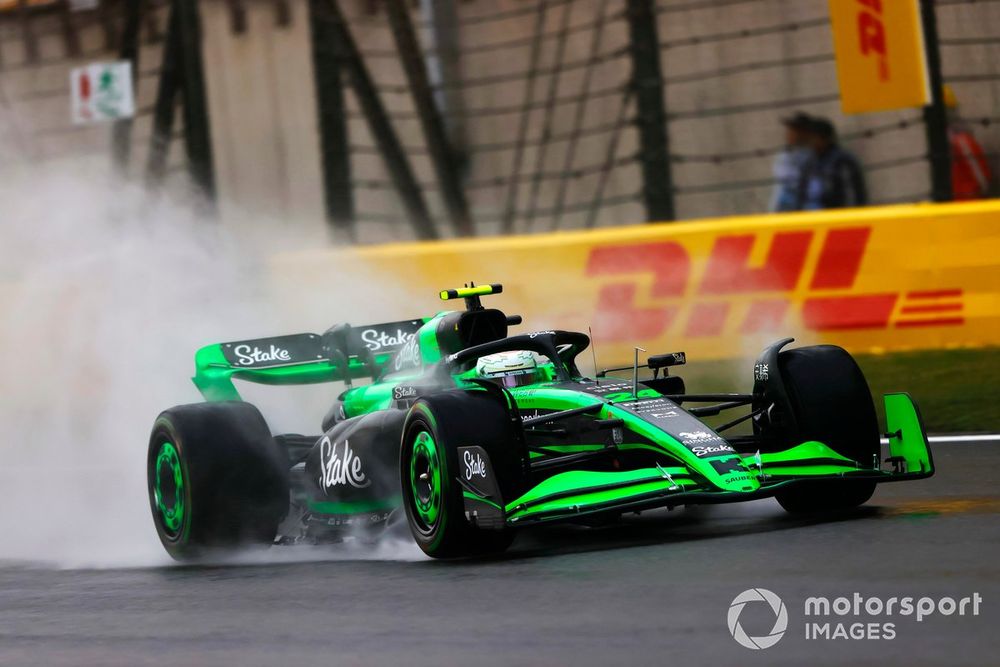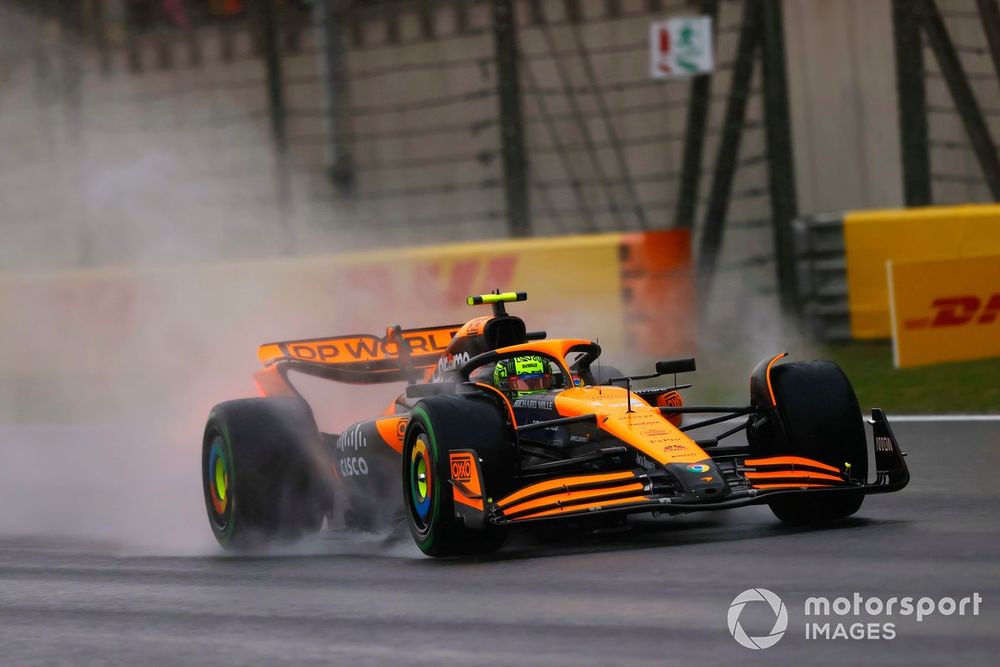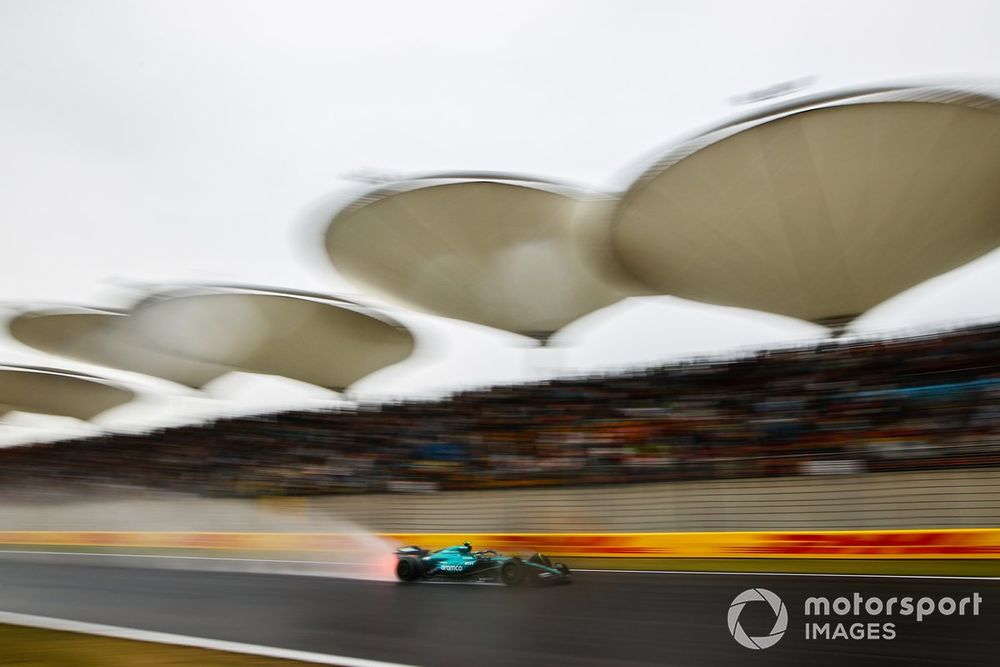With so little practice running before parc ferme conditions beginning for sprint qualifying and the sprint itself, it is all too easy to get lost with the impact of any developments.
This is why, for example, Aston Martin elected to fast-track its recent upgrade package to Japan because it did not want it rolled out in China nor Miami.
But Haas elected to buck that trend this weekend in Shanghai as it brings its first big upgrade of the season – part of a wider development programme that will roll out over the next few months.
And considering the squad’s famous Austin update late year, that did not produce the progress hoped for at a sprint, the fact that the American-owned squad has brought a change of parts this time out speaks volumes for the optimism it must have about its work.
With back-to-back comparisons not possible until Imola (given that Miami will also feature the sprint format), it has gone all-in on the steps guaranteeing progress.
Looking at the upgrades in detail, while there are a number of changes being made, none of these are new concepts that could upset the apple cart. Instead, subtle fine-tuning has been applied to solutions that have already appeared on the car this season.
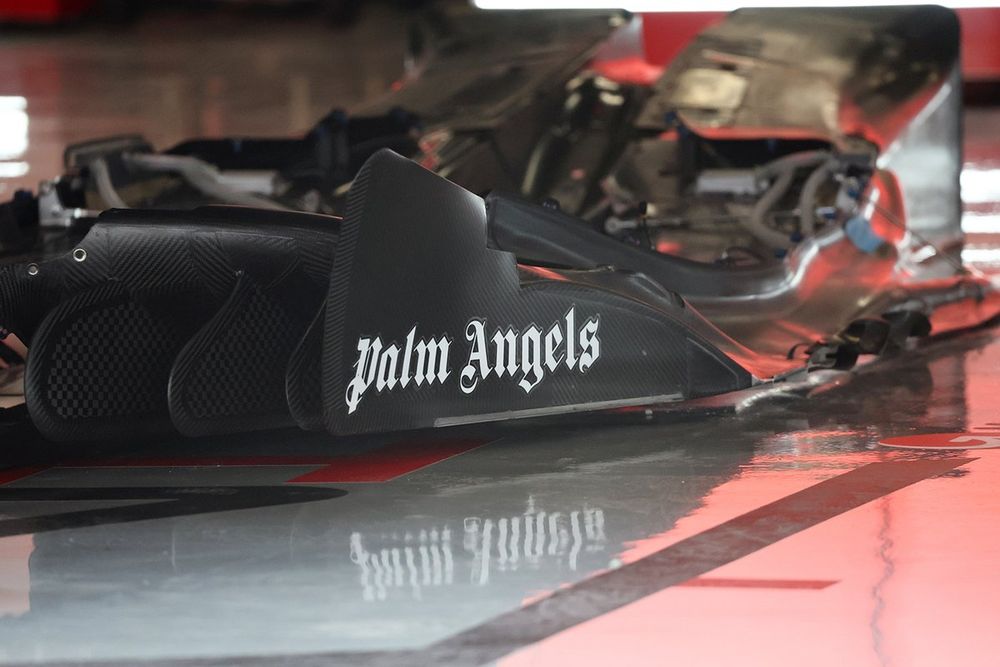
Haas VF-24 technical detail
Photo by: Giorgio Piola
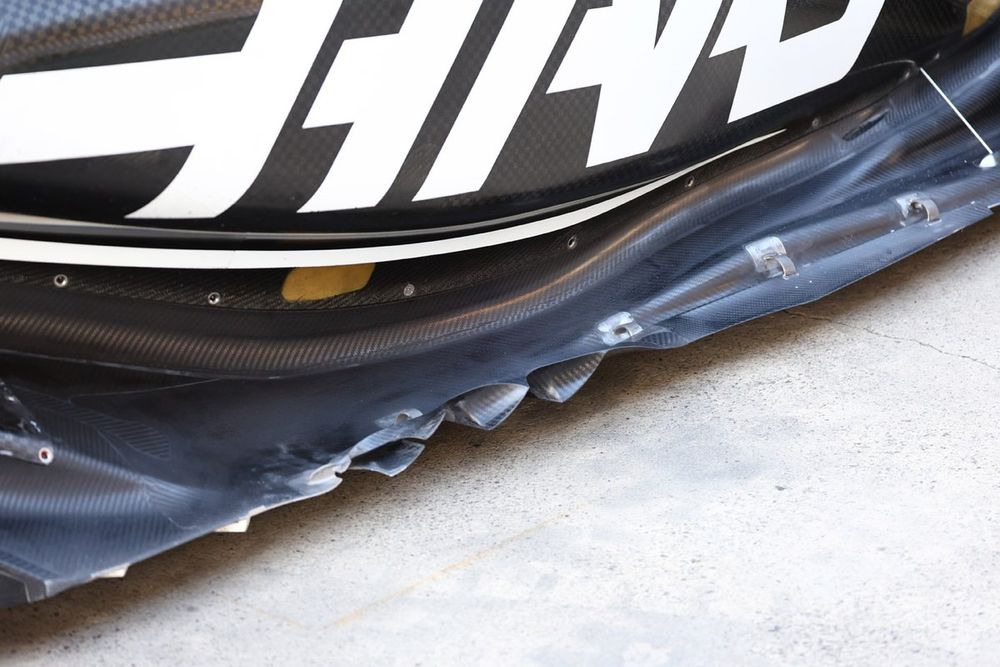
Haas VF-24 technical detail
Photo by: Giorgio Piola
This starts with the floor fences, which have been optimised in conjunction with the tweaks made to the floor and edge wing downstream, in order to increase their overall yield.
The front corner of the floor provides an intersection with the tail section of the floor strakes which has been modified as part of the update and has allowed a more generous pitch to be added to the curved and straked edge wing behind.
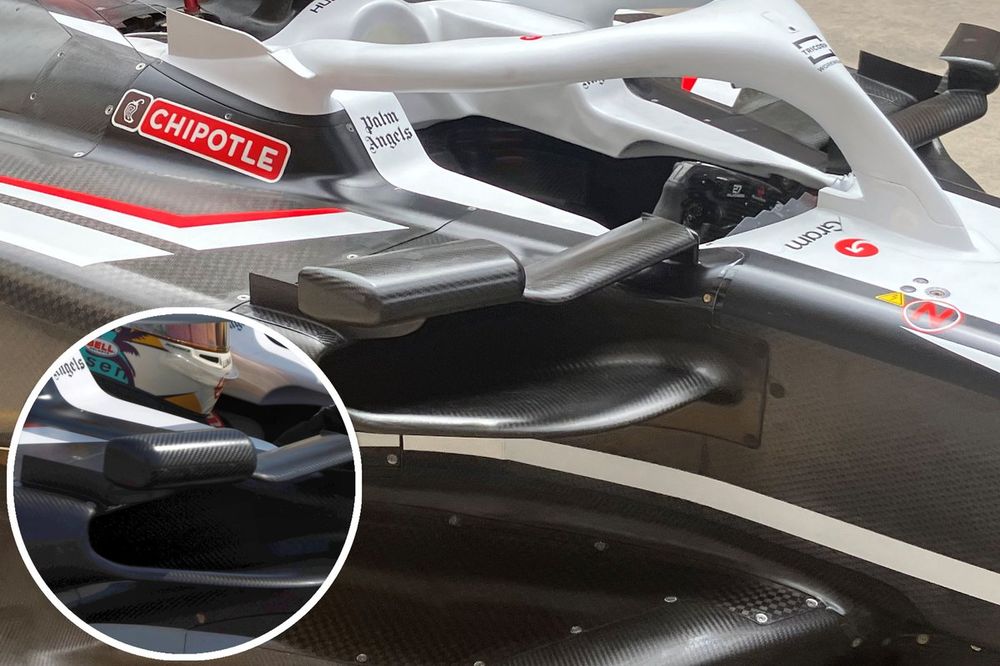
Haas VF-24 wing mirror comparison
Photo by: Uncredited
The main mirror body has also been reprofiled in a bid to improve its aerodynamic efficiency, with the new assembly elongated to reduce its height. This has an impact on the wake turbulence that it generates and therefore provides better flow to the sidepod bodywork downstream.
At the rear of the car, there are changes to the cooling layout, as the rear outlet has been shrunken, whilst the cooling louvres on the size of the engine cover have been increased in size to counteract this.
Working in tandem to offset each other will help to improve aerodynamic efficiency at the rear of the car, without having a detrimental impact on rejecting the heat being created by the power unit and ancillaries under the cover.
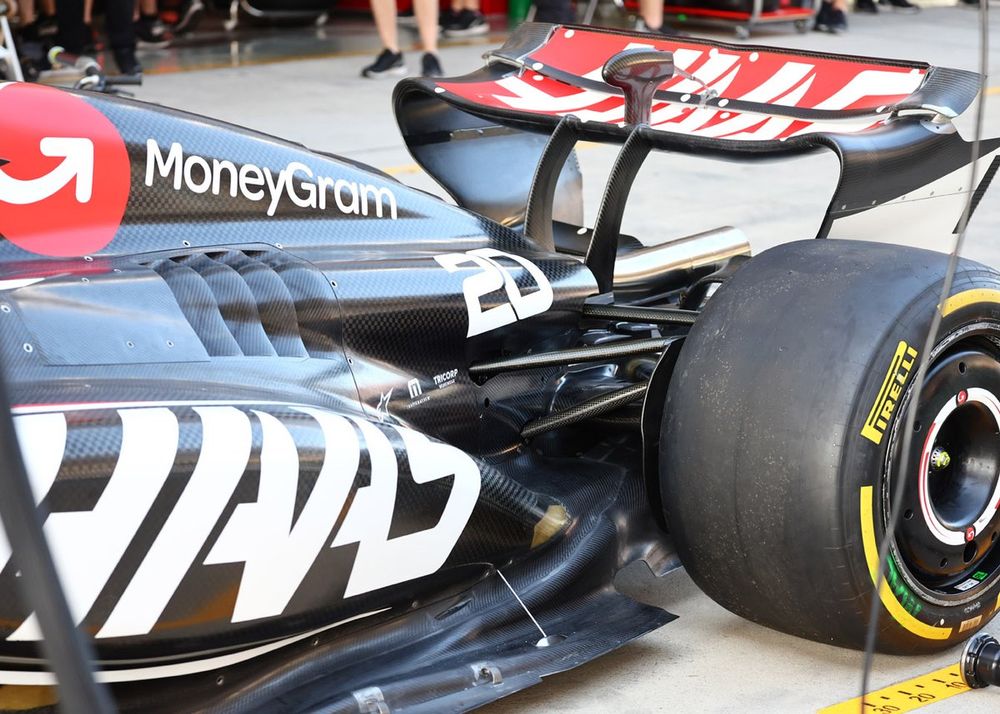
Haas VF-24 technical detail
Photo by: Giorgio Piola
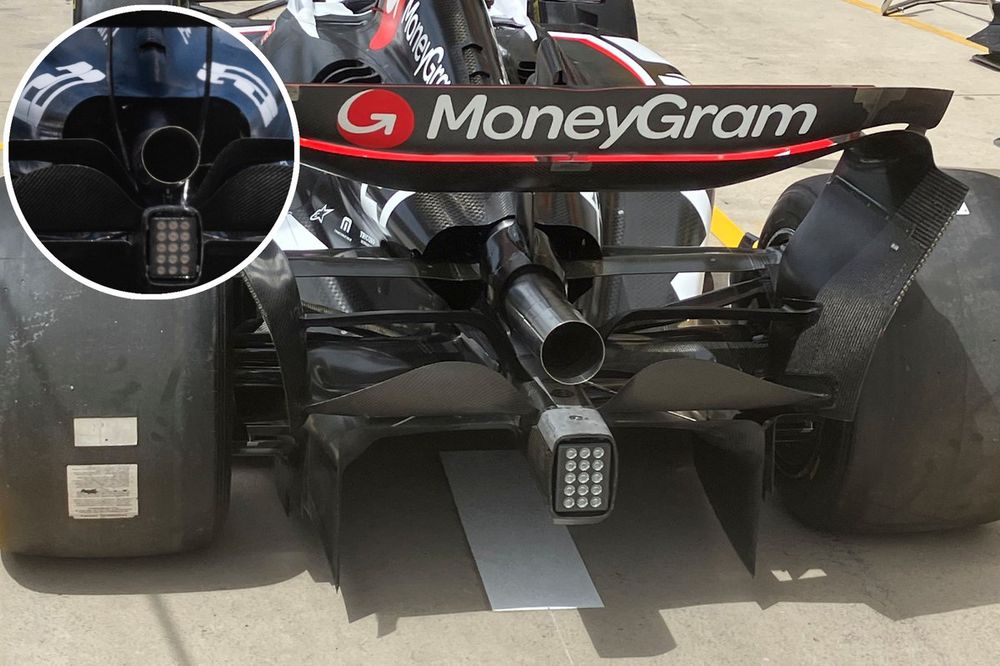
Haas VF-24 rear cooling outlet comparison
Photo by: Uncredited
The rear brake duct winglets have also been tweaked on the VF-24 in a bid to leverage the local flow structures and increase local load.
Haas is also expected to keep up the pressure on its rivals in Miami, as more parts are scheduled to arrive to help boost the performance of the VF-24.

